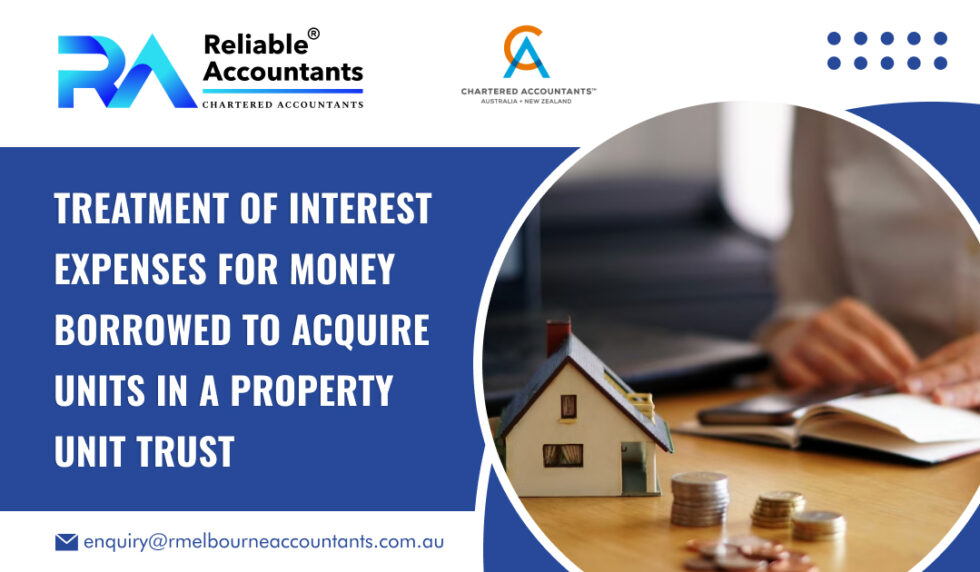Companies can pay off callable bonds earlier than their final maturity date, and so the total interest can be less if the company exercises its right to do so. Similarly, convertible bonds give investors the chance to convert their bonds to stock in a company, and some bonds give bondholders the right to choose the time at which they wish to do so. Every six months, XYZ Corp. will naturally have to pay its bondholders cash coupons of $5,000. However, it isn’t the only amount recorded as interest expense on a bond sold at a discount.
Bonds sold at a premium
Assuming there is no debt paydown during the year — i.e. the debt principal remains constant at $100 million — the annual interest equals $6 million. Let’s now consider how to use the effective interest method for both the discount and premium cases. In the premium example, the same conceptual problem occurs, except that the percentage rate continuously increases as the carrying value of the bond decreases from $107,722 to $100,000. Different types of bonds come with varying interest implications, which can affect how interest expense is calculated and reported. Understanding these differences is essential for accurate financial analysis and reporting. Learn how to calculate and report bond interest expense, including the implications of different bond types and amortization methods.
Proceeds from a bond at maturity
Therefore, the interest rate is constant over the term of the bond, but the actual interest expense changes as the carrying value of the bond changes. Calculating interest expense on a payable bond should be relatively straightforward, but the accountants got involved. Generally accepted accounting principles (GAAP) turn what is ordinarily a simple multiplication problem into something slightly more complicated. The following T-account shows how the balance in Discount on Bonds Payable will be decreasing over the 5-year life of the bond.
What is the straight-line method of amortization?
Our interest rate assumption will be set at a fixed 5%, and we’ll create a circularity switch (and name it “Circ”). By submitting this form, you consent to receive email from Wall Street Prep and agree to our terms of use and privacy policy. But to prevent a financial model from showing errors due how to find bond interest expense to the endless loop of calculations – i.e. a “circularity” – a circularity switch is necessary, as we’ll soon demonstrate in our modeling tutorial. A financial professional will offer guidance based on the information provided and offer a no-obligation call to better understand your situation.
Straight-Line Amortization of Bond Discount on Monthly Financial Statements
For the past 52 years, Harold Averkamp (CPA, MBA) hasworked as an accounting supervisor, manager, consultant, university instructor, and innovator in teaching accounting online. For the past 52 years, Harold Averkamp (CPA, MBA) has worked as an accounting supervisor, manager, consultant, university instructor, and innovator in teaching accounting online. The „number of bond-year dollars“ equals the sum of the product of each year’s maturity value and the number of years to its maturity. EBIT attempts to measure exactly how much a company earns from its core business operations.
Calculate Interest Expense on Bonds
The systematic reduction of a loan’s principal balance through equal payment amounts which cover interest and principal repayment. The systematic allocation of the discount, premium, or issue costs of a bond to expense over the life of the bond. An identical process is followed if the bonds are issued at a discount as the following example shows. Our hypothetical company’s annual interest expense is forecasted as $990k in 2022, followed by an interest expense of $970k in 2023. The mandatory repayment reduces the ending debt balance, resulting in an ending balance of $19.6 million at the end of 2022.
- Learn how to calculate and report bond interest expense, including the implications of different bond types and amortization methods.
- The straight-line method of amortization allocates the discount evenly over the life of the bond.
- If this is the case, accepted accounting principles require that you should use effective interest amortization.
- Some examples of Working Capital are cash, Accounts Receivable, inventory, and prepaid expenses.
Therefore, the principal amortization is calculated by multiplying the $20 million debt balance by 2%, which is $400k each year. To forecast interest expense in a financial model, the standard convention is to calculate the amount based on the average between the beginning and ending debt balances from the balance sheet. The difference between this amount and the cash interest in Column 3 is the premium amortization in Column 4. The bond’s carrying value at the end of the period in Column 6 is reduced by the premium amortization for the period. With the effective interest method, as with the straight-line method, the total interest expense is $67,024. Importantly, there is no difference in the total interest expense within the 5-year period of time; there is only a difference in the allocation.
The straight line bond amortization method is one method of amortizing the premium or discount on bonds payable over the term of the bond, the alternative more acceptable method is the effective interest rate method. The advantage of the straight line method, is that the amortization is simple to calculate and the interest expense and therefore the bond accounting journals, are the same for each period over the lifetime of the bond. When a company issues bonds, it receives funds from investors in exchange for periodic interest payments and the repayment of the bond’s face value at maturity. The bond interest expense is recorded on the company’s income statement as a financing cost, reducing the company’s net income. When a corporation is preparing a bond to be issued/sold to investors, it may have to anticipate the interest rate to appear on the face of the bond and in its legal contract. Let’s assume that the corporation prepares a $100,000 bond with an interest rate of 9%.
Calculating the interest expense for zero-coupon bonds involves amortizing the discount over the bond’s life using the effective interest method. This method ensures that the interest expense is recognized gradually, reflecting the bond’s increasing carrying amount as it approaches maturity. For example, a zero-coupon bond with a face value of $1,000 issued for $800 will have an interest expense that grows each period, aligning with the bond’s accretion towards its face value. This approach provides a more accurate representation of the bond’s cost in financial statements. Calculate the interest expense for bonds issued at a premium to par, meaning the issuing price is more than the par value.
It represents interest payable on any borrowings—bonds, loans, convertible debt or lines of credit. It is essentially calculated as the interest rate times the outstanding principal amount of the debt. Interest expense on the income statement represents interest accrued during the period covered by the financial statements, and not the amount of interest paid over that period. While interest expense is tax-deductible for companies, in an individual’s case, it depends on their jurisdiction and also on the loan’s purpose. From the bond amortization schedule, we can see that at the end of period 4, the ending book value of the bond is reduced to 120,000, and the premium on bonds payable (2,204) has been amortized to interest expense. The final bond accounting journal would be to repay the par value of the bond with cash.



Kommentare